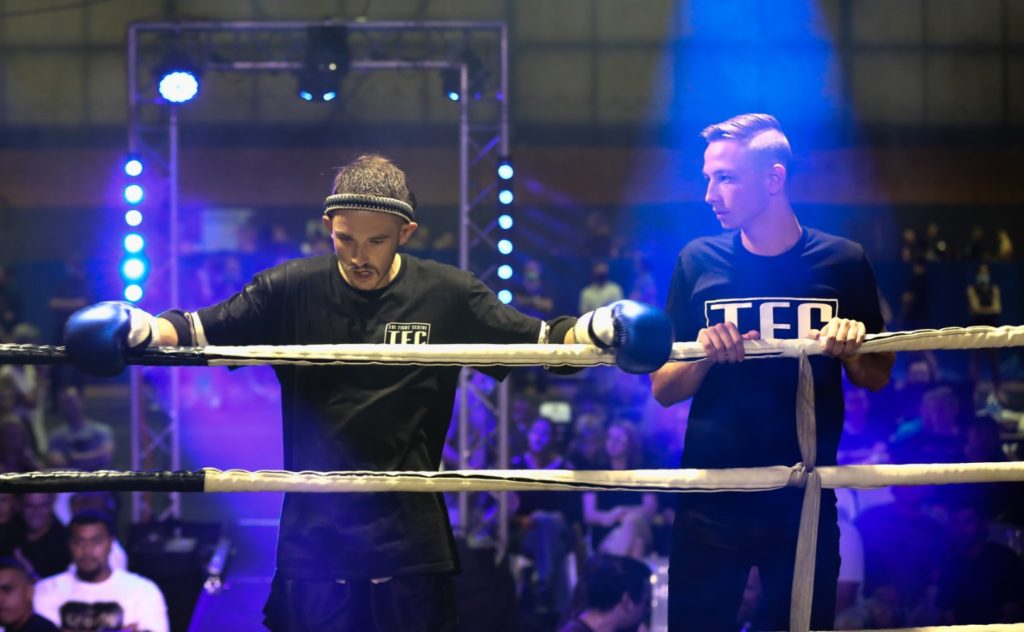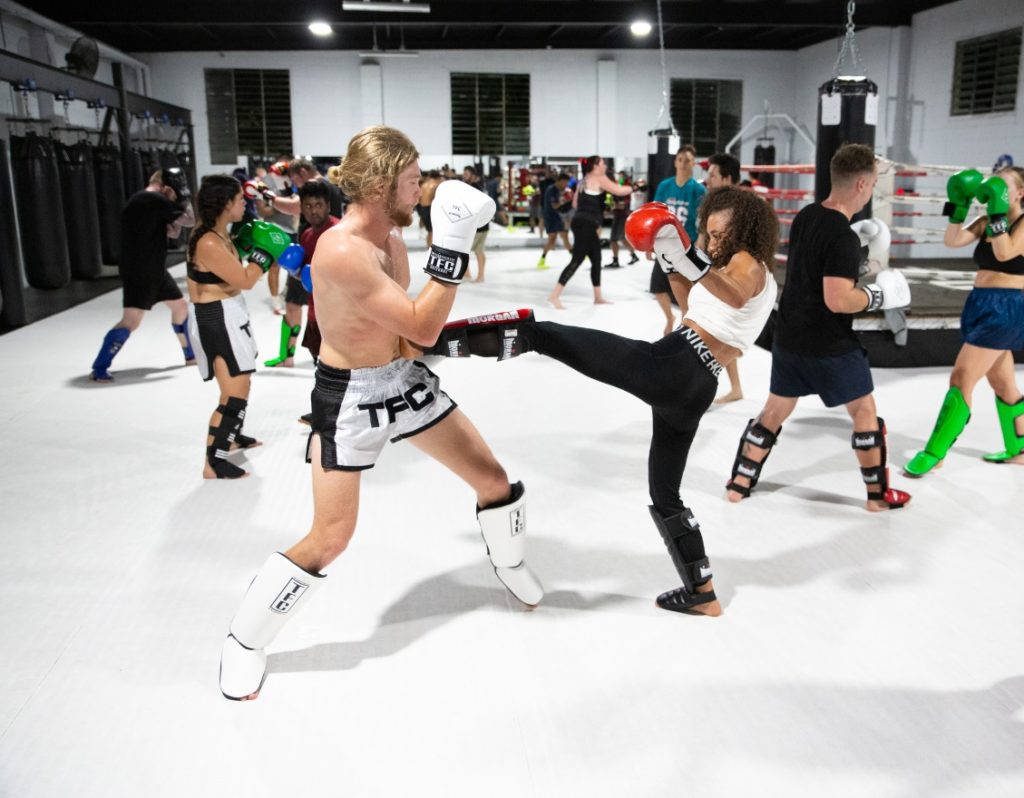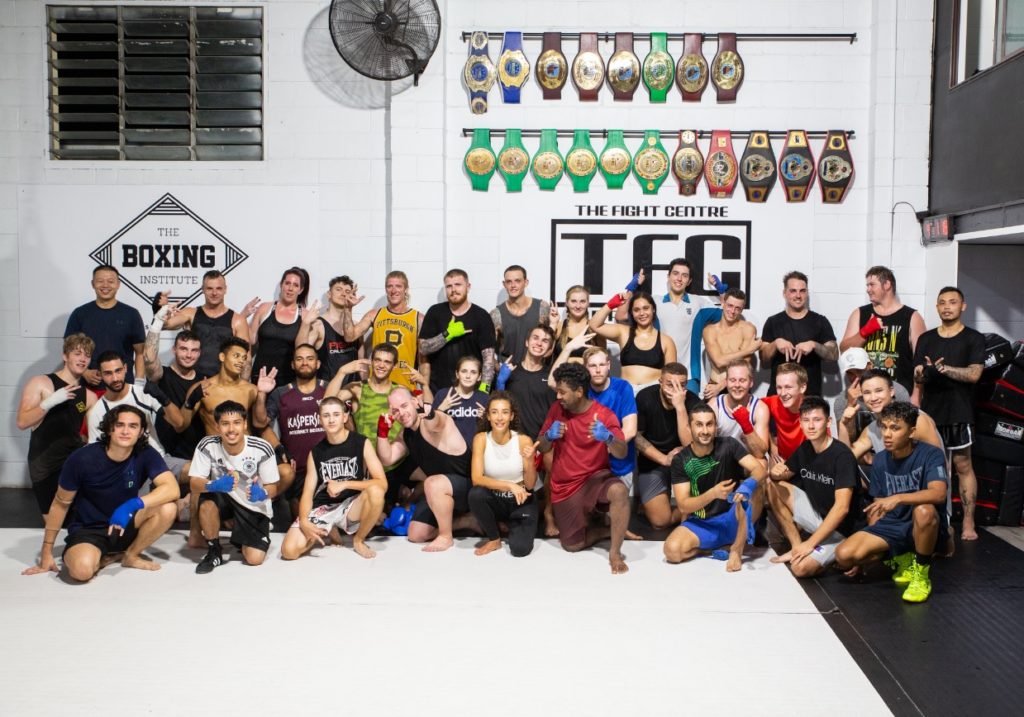For the longest time in Muay Thai history, practice emphasized the importance of fight experience. Rather than aim for a specific Muay Thai belt rank, nak muays preferred winning bouts and working towards championship belts. Of course, Muay Thai has since become more inclusive as it evolved from a purely combative discipline to a partly recreational one. As a result, many modern Muay Thai gyms implement an internal grading system for the sake of assessment.
The wider Muay Thai community does not follow an international grading system as most martial arts do. While that’s the case, however, it makes sense to implement some sort of internal grading systems in gyms. It provides a relatively accurate reference point for the trainers’ assessment of their students’ skills. It incentivizes learning and provides a goal for them to aim for, especially for those with no interest in competing.
Many have asked about how the Muay Thai ranking system works. Let’s talk about it in this article.
-
Why the Muay Thai ranking system matters
Why do we need a Muay Thai ranking system? As we ponder this question, a particular story comes to mind. This is a story of how working to get promoted to the next rank earned one student the skills to defend himself.
In a case of mistaken identity, one of our students had come under attack from a much bigger guy in a restaurant.
This story doesn’t have a Hollywood ending since security came removed the aggressor before anyone did any real damage. Still, even in the excitement, our student kept his head on straight and analyzed the situation. He knew what he had to do to keep himself safe before security came.
No, he doesn’t compete. No, he didn’t get to destroy his opponent. He did, however, kept grinding and grinding with his eyes on the goal: to level up to the next rank. In the process, he earned the Muay Thai skills he needed defend himself.
It’s not a far cry to say he had the skills partly because the internal grading system kept him engaged in training.
The next obvious question becomes: how does the Muay Thai ranking system work? Is there such thing as a Muay Thai belt ranking system?
-
How the ranking system works
Long story short – organizations don’t typically use a Muay Thai belt system outside of championship belts. Instead, Western Muay Thai schools make use of the praijoud (traditional armbands) or singlet grading system to rank their students. At The Fight Centre – Brisbane, we use armbands to grade students under 12 years and singlets for those over 12 years. Rankings take many things into consideration, but the main points of assessment are:
- Skill
- Experience
- Dedication
This makes the students’ grading level subject to the trainers’ judgment. And, admittedly, it does cause debate among them at times.
-
How to get promoted
The truth is that ranking isn’t just about how good of a fighter you may be. Some people are innately talented, gifted with the biological edge in athletic ability, speed, and strength. For such a person, even training for a week is enough to surpass someone who has trained for six months. Do they deserve a higher ranking than the person who trained for six months? Well, they may have the combat ability, but for most trainers, the answer is still no.
It is important that the student earns their Muay Thai grading level. It’s not about creating some cult that requires such and such to be initiated. Instead, it’s about the student placing importance on the level of grading for when they finally achieve it.
It requires an impressive amount of dedication and discipline to achieve our highest rank—the black singlet. But if anyone can commit to achieving that, they can commit to almost anything.
-
The downside to ranking systems
Unfortunately, earning the highest rank in certain martial arts has lost its prestige. It’s a point of conversation that nobody wants to be involved in, but that doesn’t take away from the reality of it.
In Brisbane, Karate dojos make students go through very rigid standards before promotion. Or at least, they used to do that in the earlier days. Nowadays, there are talks of clubs that hand out belts like a magazine subscription. As long as you pay your fees, you receive the next one.
(a questionable black belt grading)It is an unfortunate situation for dojos who continue to abide by their principles. The greed of others has cheapened the meaning of gaining a black belt.
On the other hand, Brazilian Jiu Jitsu is one of the few martial arts that has impressively preserved the prestige of their belting system. This is likely because BJJ places great importance on competition. You will be facing off against other people of the same rank in each competition. Getting a belt you don’t deserve is like signing up for a public beating from those who earned their status.
It is rare to see another martial art where even the first belt after white (blue) receives such respect. In turn, this means that a BJJ black belt is the sign of a truly disciplined martial artist. A BJJ black belt will often regard achieving this rank as one of the greatest achievements of their life.
-
Final thoughts
The Fight Centre – Brisbane is doing its best to replicate this prestige at our gym. We don’t just give away rankings. It will take years for any of our most disciplined students to achieve the black singlet. And once they earn it by completing the tough Muay Thai belt ranking, they will know that they deserve it.
The TFC grading system is also a way for our fighters and aspiring fighters to gain confidence in their abilities. Earning a singlet of a strong color shows that they have put in the work and haven’t cut corners in their training. Even now, we have professional fighters who have yet to achieve the black singlet.
The most important thing for us trainers is seeing our students achieve something. It can be their first bout. Or getting promoted to the next singlet color. Or winning a championship belt. If our students can reflect on their achievements with pride, we have done our job as trainers.





